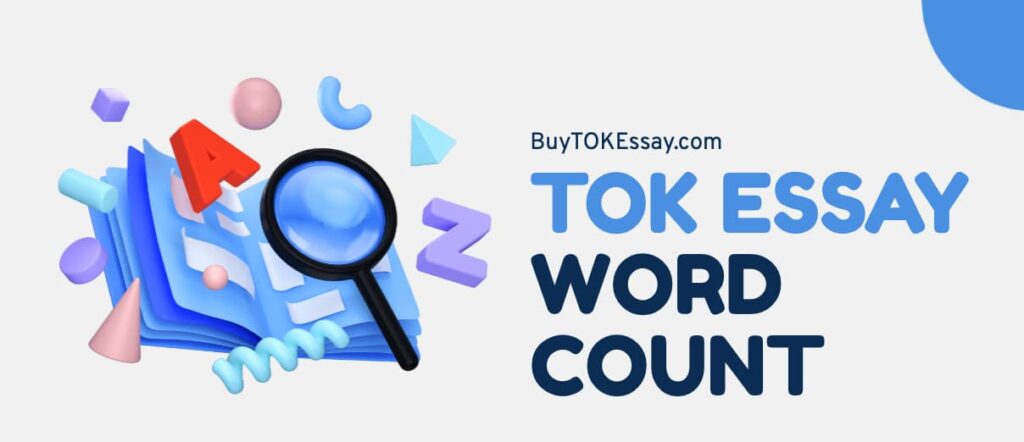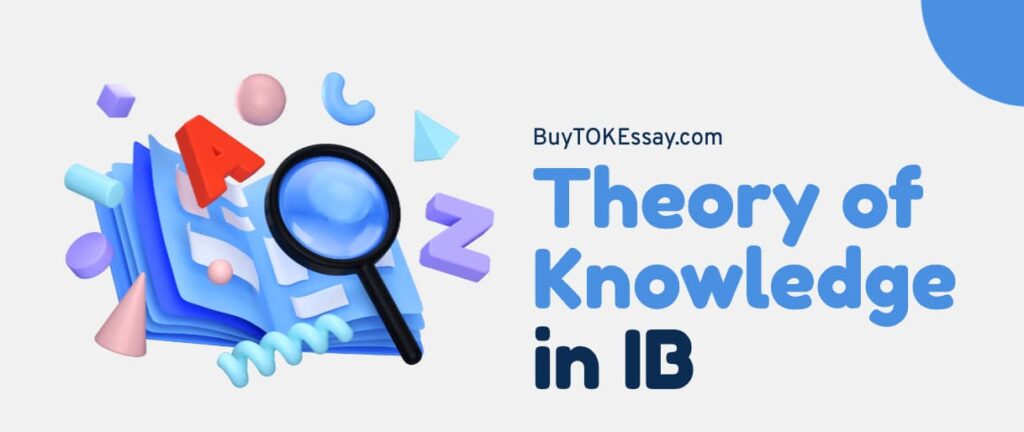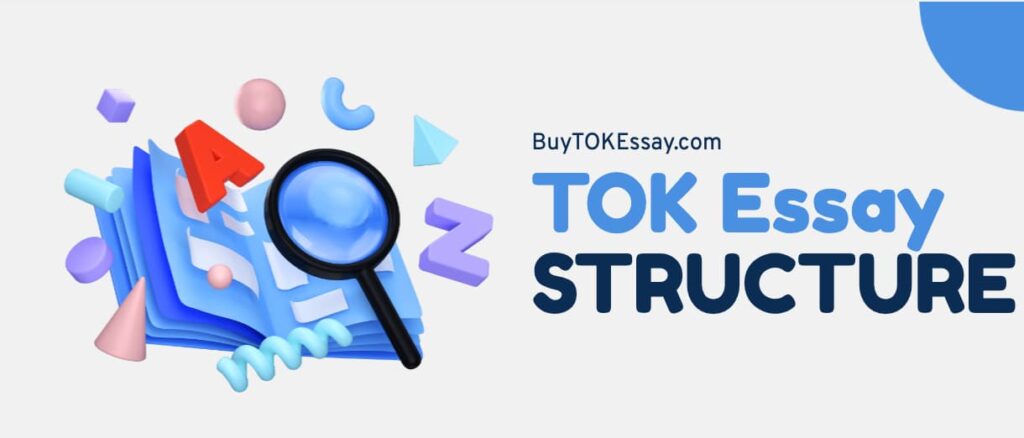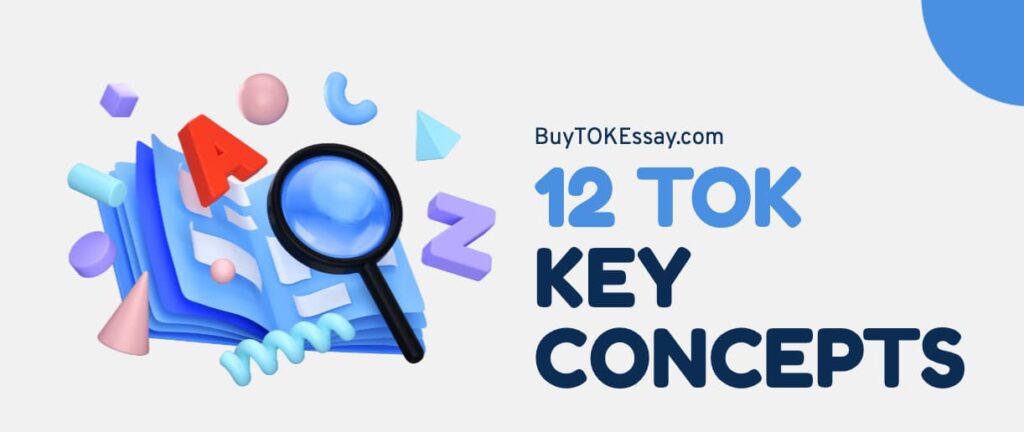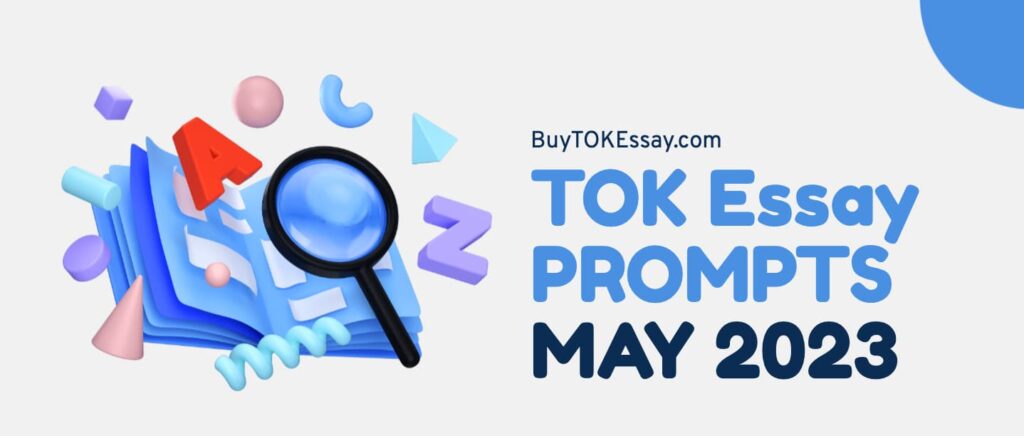Hello, future IB graduates! If you’re reading this, you may need clarification about your TOK presentation. Don’t worry, you’ve come to the right place. Having been through the wringer of the IB curriculum and now being a seasoned IB tutor and writer, I’ve seen where students typically get stuck. Today, I will share some valuable TOK presentation examples and walk you through creating an engaging and successful work.
Attention! The TOK curriculum is undergoing some changes. Students taking IB exams in 2022 and beyond must prepare for a new internal assessment format — the TOK Exhibition. In line with the updated IB criteria, it will offer a different approach to exploring knowledge issues and real-life situations.
About the Basics of TOK Presentation
First things first, let’s clarify the fundamentals. A TOK presentation is an oral exercise that is a significant element in your IB curriculum. As an IB student, you are responsible for selecting a real-life situation and tying it to a central knowledge question.
According to general IB criteria, this exercise aims to showcase your understanding of how knowledge is acquired, produced, or disseminated.
Components of a Successful TOK Presentation
Now, let’s shift our focus. A TOK presentation isn’t merely an act of displaying facts or arguments. As I know from experience, it’s a careful synthesis of several interconnected elements:
- You’ll have to mesh your chosen real-life situation, central knowledge question, and the arguments you build around them. The trick here is to connect these elements.
- From my experience, the best TOK presentations present an argument and question the basis of that claim. They incite thought and provoke inquiry, inviting the presenter and the audience to engage in intellectual development.
- Moreover, you should aim to use supporting evidence, counterarguments, and various viewpoints to substantiate your claims. Remember, the more multifaceted your presentation is, the richer it will be in content and engagement.
So, select your components wisely, as these will be the building blocks of your TOK presentation. By adhering to these guidelines and understanding these core components, you can deliver memorable and effective work better.
Steps to Create a Captivating TOK Presentation
By carefully following these steps, you’ll gain a deeper understanding of your chosen topic and master the art of presenting it effectively. Here’s how to create a TOK presentation that stands out.
1. Choosing Your Real-Life Situation
Ah, the real-life situation, the bedrock of your TOK presentation! From my experience, the effectiveness of your presentation heavily depends on the situation you pick. Consider choosing a topic that’s not only current but also personally impactful. It could be anything from a groundbreaking scientific finding to a powerful human rights movement.
The more relatable and relevant the situation is to your audience, the more engaged they’ll be. Therefore, brainstorm several options before narrowing it down to the one that resonates the most with you.
2. Formulating a Knowledge Question
According to general IB criteria, it should encourage discussion rather than a simple yes-or-no answer. Your aim should be to make an issue that is both broad and focused — one that gets into the intricacies of how we understand and interact with the world.
After pinpointing your real-life situation, the next order of business is to formulate a knowledge question. It is a critical step because your entire presentation will revolve around this issue.
3. Outlining Your Main Arguments
Now that you have your issue, you must outline the main arguments supporting it. Here’s where your research and critical thinking skills come into play. List the key points you want to make, supported by evidence, examples, or data. Remember, each argument should offer a unique angle to your knowledge question.
4. Counterarguments/Different Perspectives
Moreover, it’s crucial to introduce counterarguments and alternative perspectives into your presentation. It will make your arguments more robust and showcase your comprehensive understanding of the topic.

5. Structuring Your Work
Once you have your arguments and counterarguments, the next step is organizing them logically. Create a structure that allows for a compelling introduction, a robust body, and a conclusive ending.
From my experience, it’s best to introduce your real-life situation and knowledge issue at the beginning, follow up with your arguments and counterarguments, and summarize with a powerful conclusion that leaves your audience pondering.
TOK Presentations Examples
This collection of TOK presentation examples from IB students I’ve helped will give you an idea of what your work could look like!
Example 1. Ethical Dilemmas
Real-Life Situation — The debate around euthanasia, or physician-assisted death, often generates conflicting views. While some argue it’s humane for patients in unbearable pain, others contend it’s ethically and morally unacceptable.
Knowledge Question — How do cultural and religious beliefs shape our ethical stance on euthanasia?
Experience — For this particular presentation, the student chose to go solo. And let me tell you, working alone has its pros and cons. On the positive side, she had complete control over the content and direction of my presentation, which clocked in at around 10 minutes. However, the downside was the absence of immediate feedback during the preparation stage. So, if you plan on going solo, actively seeking feedback throughout your preparation process might be a good idea.
The knowledge question allowed her to investigate the multifaceted views on euthanasia from various cultural and religious perspectives. According to general IB criteria, she included viewpoints that oppose her own to present a balanced argument. For instance, while discussing the acceptance of euthanasia in some Western countries, she also touched upon its taboo nature in specific religious contexts.
Feedback from her assessor and peers helped me fine-tune the TOK presentation. The critique’s main point was adding real-life examples to make the ethical dilemma more tangible for the audience, which she integrated into the final version.
Example 2. Natural Sciences
Real-Life Situation — The popular yet scientifically incorrect belief that human activities solely cause climate change and that natural factors have no role.
Knowledge Question — To what extent do societal beliefs influence the scientific understanding of climate change?
Experience — The student tackled this presentation with a partner, and in retrospect, I think it was the right call. Their presentation clocked in at around 20 minutes, and it felt just right — not too long or short. Working as a pair offered us the advantage of diverse perspectives and constructive criticism on the spot.
In my opinion, having a partner made the research process more dynamic and the presentation more engaging. They both had enough time to dig into various dimensions of our knowledge question, including the sociopolitical factors contributing to common misconceptions about climate change.
They closely adhered to the general IB criteria, incorporating multiple perspectives, including those from climate skeptics and advocates, scientists, and policymakers. Furthermore, they included specific case studies and examples to add layers to our argument. Feedback from their assessor and peers was invaluable; it encouraged them to clarify particular points and add more nuance to others.
Example 3. History
Real-Life Situation — The Great Fire of London in 1666 is often attributed to a bakery on Pudding Lane. However, some historians argue that the rapid spread was due to the city’s layout and wooden architecture.
Knowledge Question — How does the availability of different types of evidence affect historical interpretations?
Experience — When the student was preparing for this presentation, he was also taking a course on urban planning. Examining how the built environment could impact historical events fascinated him. He kept the TOK presentation concise, focusing on one fundamental premise: the limitations of eyewitness accounts for historical interpretation.
His counter-claim centered on archaeological evidence and city planning documents from the period that suggested the rapid spread of the fire was due more to London’s urban design rather than the origin point.
In conclusion, he posited that relying on diverse forms of evidence — from eyewitness accounts to architectural plans — can give us a more accurate understanding of historical events.
The structure was lean but effective, and according to general IB criteria, it hit the right balance of depth and breadth for the given time frame.

Need Help with Your IB TOK Presentation?
Maximize your potential and boost the excellence of your TOK Presentation with the help of our experts at BuyTOKEssay.com! Whether you’re starting from scratch or fine-tuning your existing TOK to meet the demands of your supervisor, our team is here to make your dream of a perfect paper a reality. Say goodbye to writer’s block and hello to success with just one click.
Common Mistakes to Avoid in Your IB TOK Presentation
By being mindful of and avoiding these common mistakes, you can increase your chances of delivering a successful TOK presentation.
Lack of a Well-Defined Knowledge Question
One of the students’ most frequent errors is not formulating a straightforward, well-defined knowledge issue. From my experience, a vague or overly broad question can lead your work astray. Always aim for a question specific enough to research in depth but broad sufficient to discuss various viewpoints.
Overcomplicating Your Presentation
Let me be clear: simplicity is key. Often, students think using convoluted language will impress the examiners. However, this usually backfires. Keep your language simple and your arguments clear.
Overemphasis on Personal Beliefs
While personal insights can add value, overemphasizing your beliefs at the expense of other viewpoints can make your presentation one-sided. Make sure to present a balanced argument that considers multiple perspectives, even those that contradict your views.
Ignoring TOK Concepts
Moreover, getting so wrapped up in your real-life situation is easy that you forget about TOK concepts. Trust me, incorporating TOK themes into your presentation will go a long way in impressing your examiners.
Neglecting Your Audience
Remember, the best presentations engage the audience. Pose questions, use rhetorical devices, and make eye contact. Your goal is to make the audience think.
Unwillingness to Practice
In my years of experience, the students who nail their TOK presentations are those who practice relentlessly. Therefore, once your presentation is ready, rehearse, rehearse, rehearse!
Conclusion
Well, there you have it, folks! A comprehensive guide to mastering your TOK presentation. Remember, the keys to a successful presentation lie in preparation, clarity, and practice. So go ahead and seize this opportunity to shine in your IB curriculum!
Also, don’t forget that our experts are always available to help with IB TOK Presentation. 😉
